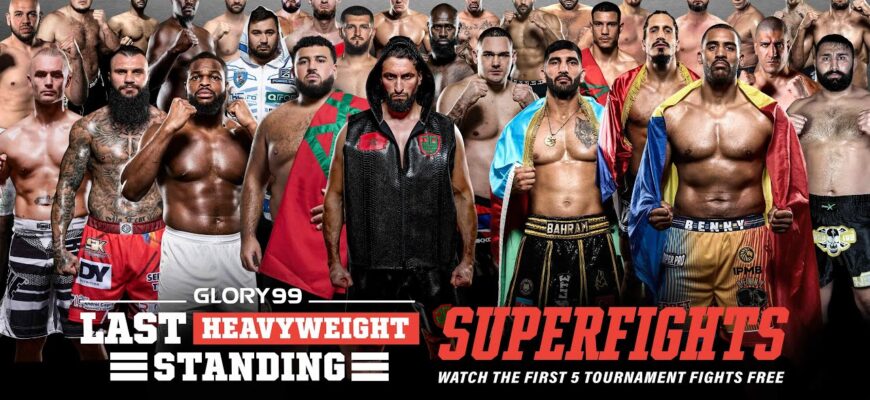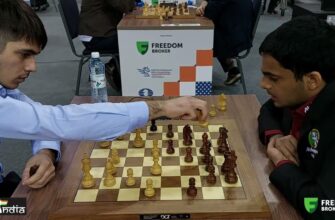The city of Rotterdam once again braced itself for the thunderous spectacle of Glory kickboxing. As a critical prelude to the highly anticipated Glory 99 event, the traditional weigh-ins have officially concluded, offering a definitive glimpse into the physical condition and sheer scale of a formidable roster of heavyweights. This crucial ritual, far more than a mere formality, serves as the initial staredown, a silent testament to months of rigorous discipline, and often, a telling foreshadowing of the battles set to unfold.
In the world of combat sports, the weigh-in is where the numbers cease to be abstract figures and become potent symbols of strategy and physical intent. It`s the moment athletes shed the last ounces of uncertainty, stepping onto the scale to declare their readiness for war. For Glory 99, these declarations have been particularly impactful, especially within a heavyweight division that consistently defies conventional boundaries.
Main Event Magnitude: Ben Saddik vs. Ristea
The spotlight, naturally, shone brightest on the main event contenders. The imposing Jamal Ben Saddik, a figure synonymous with raw power in the heavyweight ranks, confidently registered 119.6 kg (262 lb). His opponent, the resolute Cristian Ristea, weighed in at a nimble 103.4 kg (227 lb). This difference, significant but not unheard of, immediately sets the stage: Ben Saddik`s undeniable mass versus Ristea`s likely strategy of agility and precision. It’s a classic heavyweight conundrum – immovable force meets undeniable speed.
Co-Main Clashes and Weighty Disparities
The co-main event promises another intriguing dynamic, with Brian Douwes hitting 111.9 kg (245 lb) against Bahram Rajabzadeh`s 97.4 kg (214 lb). Yet, beyond these headline bouts, the Glory 99 weigh-ins revealed a spectrum of sizes that truly define the modern heavyweight landscape in kickboxing, where the term “heavyweight” appears to be interpreted with a rather generous elasticity.
Consider some of the more striking disparities:
- Nabil Khachab, tipping the scales at a staggering 161.8 kg (355 lb), will face Miloš Cvjetićanin, a comparatively svelte 103.1 kg (227 lb). This isn`t merely a fight; it`s a monumental test of physics. One might whimsically suggest Cvjetićanin brought a stepladder to the staredown, though his skill and speed will be his true equalizers against Khachab`s sheer gravitational presence.
- Another significant contrast saw Nico Horta at 133.5 kg (293 lb) squaring off against Rade Opačić, who weighed in at 116.5 kg (256 lb).
- Similarly, Ionut Iancu, a colossal presence at 143.3 kg (316 lb), will meet Cihad Kepenek at a more agile 105.9 kg (233 lb).
These matchups underscore the unpredictable nature of Glory`s heavyweight division, where raw power often collides with technical prowess, irrespective of the “tale of the tape” in terms of mass alone. The strategic implications of such wide weight ranges are immense, promising varied and explosive engagements.
The Final Declaration of Intent
Each kilogram, each pound, represents not just body mass, but months of intense training, disciplined dietary regimens, and immense mental fortitude. The weigh-in is the final seal of approval before the cage door eventually closes. It is the moment when the last drops of sweat from a weight cut — or perhaps, in the case of some of these heavyweights, the last hearty meal — evaporate, replaced by pure adrenaline and the shared anticipation of imminent combat.
With the scales now respectfully silent, the stage is impeccably set for Glory 99 in Rotterdam. The numbers have been tallied, the fighters have made their final physical declarations, and the echoes of their footsteps on the scales will soon be replaced by the roar of the crowd and the thunderous impact of glove on target. A night of compelling, often gargantuan, heavyweight kickboxing awaits, promising a spectacle where every pound will count.








